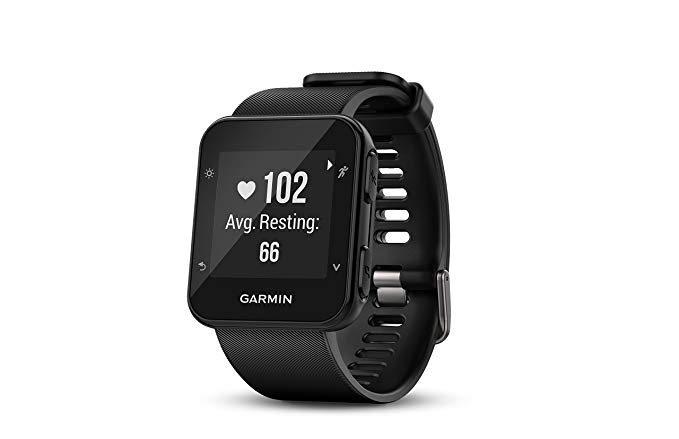When you’re a runner, you need some basic, quality equipment to help you meet your goals, make it through races successfully, and train well in the meantime.
One of those pieces of equipment that isn’t absolutely necessary – but sure makes it easier – is the running watch.
Today, we’re going to take a look at a Garmin running watch and some tips for maximizing that watch.
What Is A Running Watch?
A running watch is a digital watch with GPS tracking, heart rate monitors, and various other functions that help runners track their training.
Heart rate training zones, maximum heart rate, resting heart rate, calories burned per session, steps taken, and other things may be tracked with a running watch, as well.
Why You Might Want To Consider A Garmin Running Watch
No products found.
Garmin has a reputation for being exceptional in the field of tracking, GPS, and related devices. There’s a reason for that.
Garmin has been around since 1989, and sold its first product, a GPS unit, to the United States military.
With the quality reputation, high quality materials and technology used in their products, Garmin is a worth considering for pretty much any tracking product.
There are a ton of Garmin running watches available.
Many of them, if not all, have received high ratings and been listed among the best running watches available.
Today, we’ll be looking specifically at the Garmin running watch: Forerunner 25.
Many consider this a basic, beginner’s running watch. That means it’s great for students, and casual runners who don’t need all the bells and whistles of the high-end watches used by professional athletes.
- COMPACT - Forerunner 25 provides a larger display in a thinner watch with a 32% larger active display area than the...
- CONNECTED FEATURES - Instantly share runs and activity tracking progress with friends, family and the world via social...
- GPS - Acquire satellites quickly to track how far, how fast and where you run - even under tree cover.
The Garmin Forerunner 25 is designed specifically for runners who need to track their activity, steps, and heart rate.
There are tons of pros for this watch, including high sensitivity and a great online community called Garmin Connect, where you can interact with other runners and upload your data easily.
Overall, the Garmin Forerunner 25 is great for beginners and non-professional athletes who want to track their mileage, splits, time per mile, heart rate, and personal bests.
Pros Of The Garmin Running Watch
Cons Of The Garmin Running Watch
How To Best Use A Running Watch
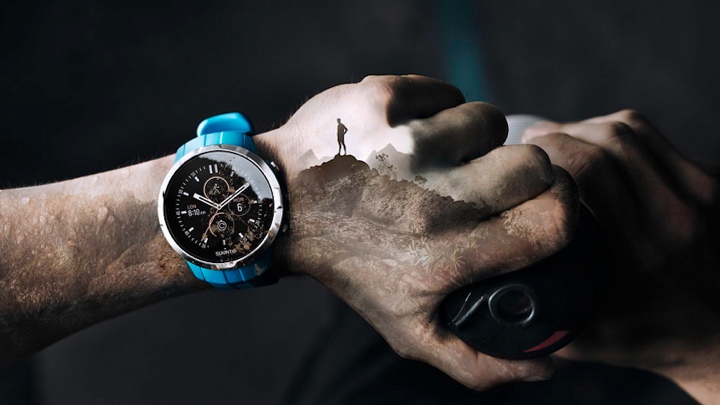
If you’re new to running watches, you’ll want to consider these tips as you get out there for your next 5k run.
1. Watch Your Baseline

Sometimes, our bodies tell us to keep the running shoes in the closet on a morning. Sometimes, it’s our heads that pester us into staying still.
Knowing which is vital for our health, since running is good for us, but running when ill may not be so great.
Use your heart rate monitor on the watch to understand your baseline.
Lie down on the floor with your heart rate monitor function turned on. Make sure it’s tracking your heart rate properly, then relax for up to five minutes. Take a reading of your resting heart rate, and make notes of this rate.
Do this same process every morning for two weeks.
This will establish your baseline heart rate.
If your heart rate is ever 10 heart beats per minute higher than your average, you are likely overtraining, and need to take a rest. Give your body a break if it needs it.
2. Know Your Maximum Heart Rate

Your running watch can also help you identify your maximum heart rate, which can help you train better than ever before. Be sure to read your manual, and learn anything you need to know about your watch before you find and set your heart rate zones on your running watch.
To find your maximum heart rate, warm up for 15 minutes. Try a combination of jogging and dynamic stretches. Once you’re warm and loose, find a hill you can run for two minutes.
Run the hill, building your pace fairly quickly, at a pace you can maintain.
When you reach the top of the hill, turn and run back down the hill at an easy pace.
Repeat the climb.
Doing this will help your watch set the maximum heart rate information, and build the profiles necessary.
3. Use Your Target Training Zone
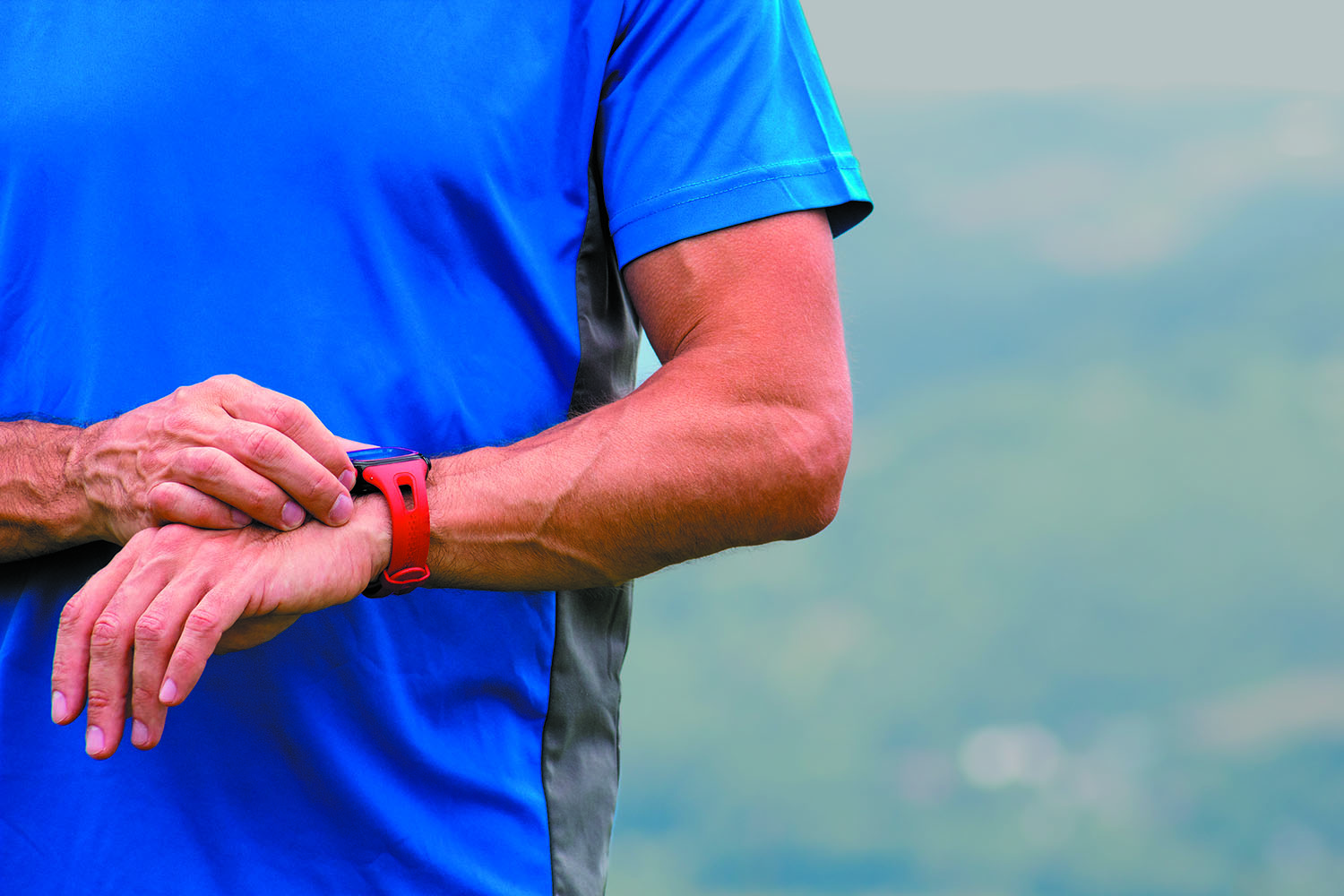
One great thing about running watches is that they often feature a heart-rate zone training feature. This can help you work out more efficiently.
This feature shows you fat-burning zones, aerobic training zones, et cetera, and can help you find out at what pace exactly you should be training.
Be sure to stick to your precise training zone for the best results.
4. Aim For The Slow Burn
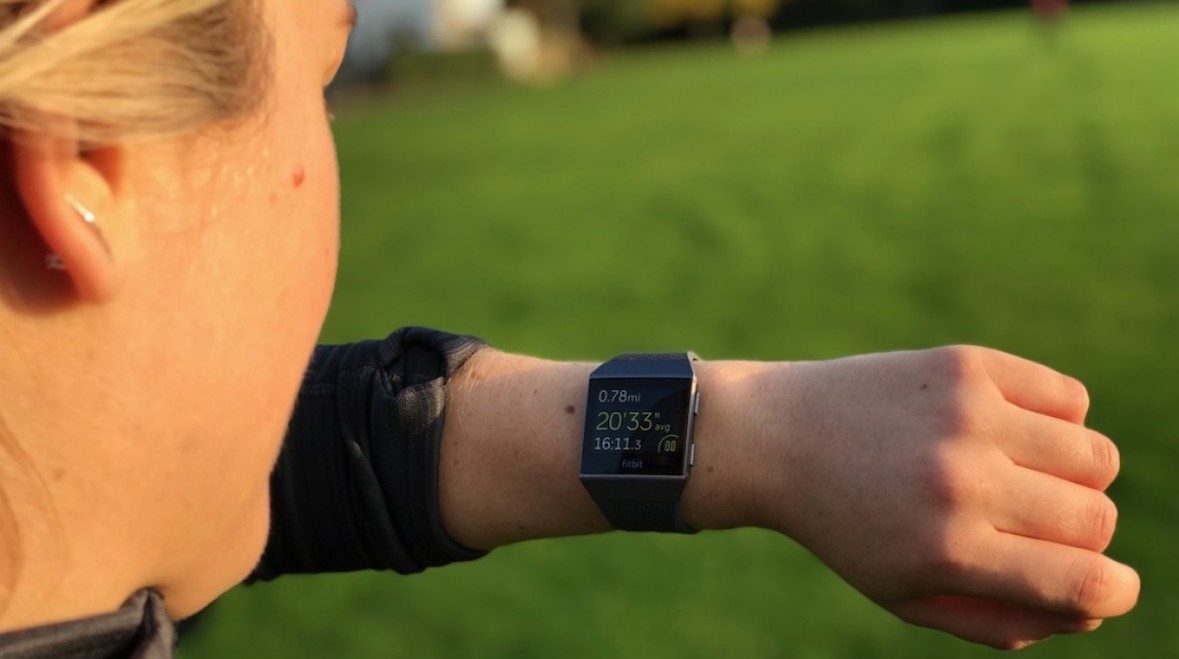
Monitoring your heart rate with your running watch is a huge thing, especially because it’s important to run at least one of your runs at a low heart rate, rather than always going full out.
This kind of run encourages your body to burn the fat you’ve stored up as the main fuel source, rather than carbohydrates.
This kind of training is essential for distance runners, as that’s what your body has to do when you go for those marathons. This kind of running also helps you get to leaner, more muscular body composition, which also means faster running.
5. Keep A Training Diary

One of the most effective tools you can pair with your running watch is a training diary. Your running watch has an app for this, plus there are tons of other apps you can pair your watch with to track everything in one place, like running, steps, dietary information, water intake, and heart rate.
Creating a training calendar on an app like Google Calendar, can majorly help, too. Plan out your week, then set reminders to help you keep that distance, low burn run in mind for Friday.
6. Find Your Form

If you want to improve your pace and endurance, you need to focus first on your running form. Once your form has been improved, you can start picking up the pace.
Some running watches offer additional metrics like “vertical oscillation” which tells you how much you bounce while you run.
Less bounce is better, as it doesn’t waste as much energy. Typical oscillation is between six and thirteen centimeters.
7. Use Your Watch To Track Interval Training

Running watches offer ways of tracking your splits, pace, et cetera, and you can use these functions to do interval training.
Interval training is one of the best ways to improve your speed, fat-burning capabilities, and even your running form.
8. Race Yourself

Running watches are one of the best motivational tools available for runners who aren’t part of a club, or who just need to compete against themselves for the best results in training possible.
Your running watch can track and measure your personal bests.
Many of the applications that work in conjunction with your running watch track your personal best automatically for you, and then alert you every time you beat your previous record.
You can easily make note at the end of each run of how close you are to meeting specific goals, whether that’s beating your last personal best for a 5k, or logging more miles this month than last.
9. Improve Your Strike
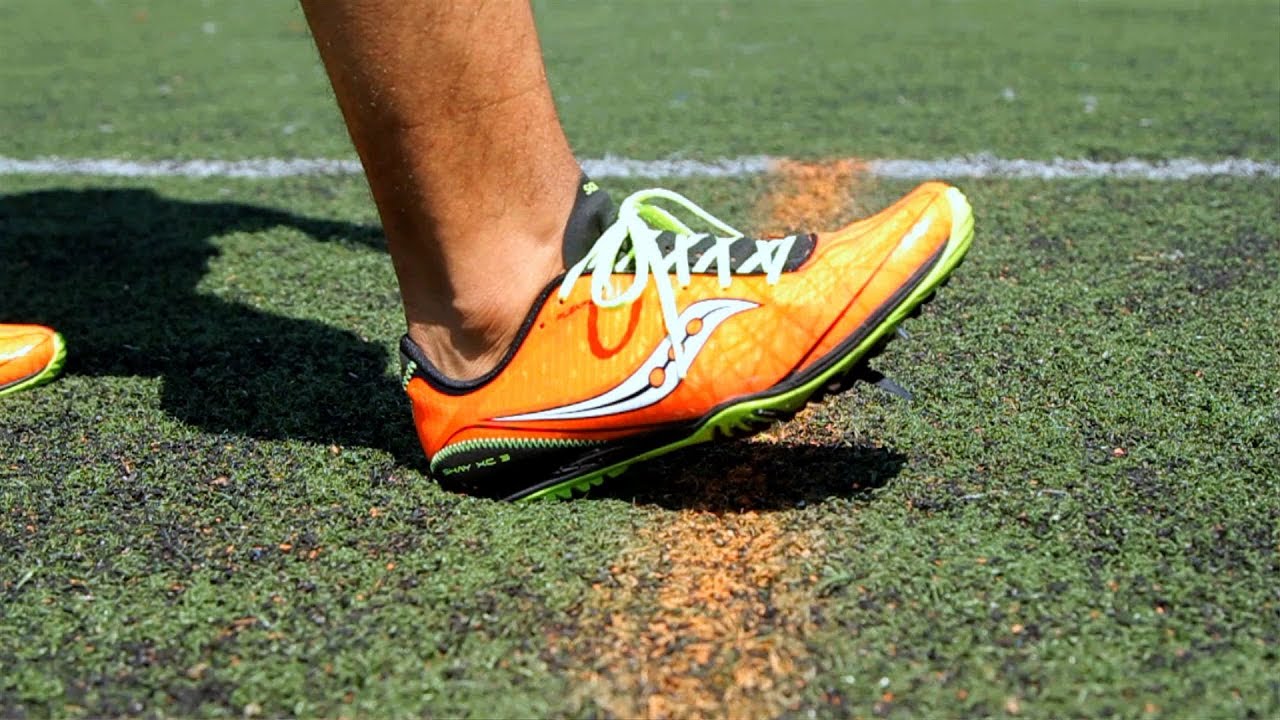
The cadence, or frequency, of your feet striking the ground is a strong indicator at how efficiently you run.
Most runners clock between 150 and 200 strikes per minutes, or SPM, while elite athletes getting closer to the 180 to 200 range and average runners closer to the 150 or 160 range.
180 strikes per minute is considered the perfect efficiency rate, and therefore, most runners who track this sort of thing, are aiming for that strike rate.
You can calculate this strike rate yourself by counting the number of times your feet strike the floor over a sixty second period of running and doubling the number. Or you can let your running watch do the work for you.
Your Best Run Is Coming
There’s nothing like completing a fantastic run, reaching a personal best, or completing a distance race you weren’t totally convinced you could do.
Achieving all those things requires the right equipment, though, and that includes the right running watch.
Garmin running watches are a great option, whether you’re looking for a high end running watch, or an easier beginner’s or basic running watch. The Forerunner 25, for example, is a great running watch that won’t break the bank.
Consider the features, the price you can budget, and the applications available that work with your potential training watch and your cellphone operating system before purchasing a running watch.
Last update on 2024-02-21 at 19:07 / Affiliate links / Images from Amazon Product Advertising API

